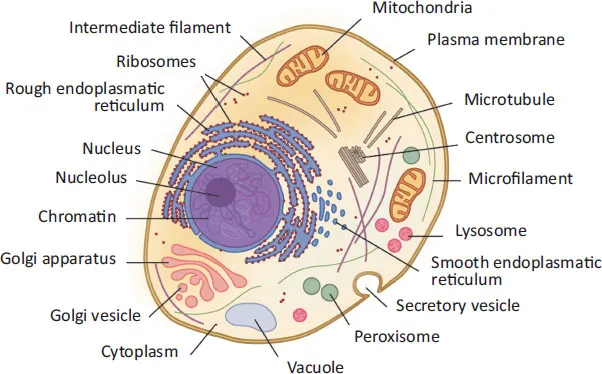
Physical Aspects of Organs and Imaging
Hartmut Zabel
- 421 páginas
- English
- ePUB (apto para móviles)
- Disponible en iOS y Android
Physical Aspects of Organs and Imaging
Hartmut Zabel
Información del libro
Medical Physics covers the applied branch of physics concerned with the application of concepts and methods of physics to diagnostics and therapeutics of human diseases. The first part, Physical and Physiological Aspects of the Body, covers those body systems that have a strong physical component, such as body mechanics, energy household, action potential, signal transmission in neurons, respiratory and circulatory system as well as visual and sound perception. The second part of this volume, Imaging Modalities without Ionizing Radiation, introduces sonography, endoscopy, and magnetic resonance imaging.
The second volume complements the imaging modalities with the use of ionizing radiation: x-ray radiography, scintigraphy, SPECT, and PET. This first part is followed by chapters on radiation treatment of tumors, in particular x-ray radiotherapy, proton and neutron radiation therapy, and brachytherapy. The last part treats aspects of diagnostics and therapeutics beyond radiology, including laser applications, multifunctional nanoparticles and prosthetics.
This first volume
- connects the basic principles of physics with the functionality of the body and with physical methods used for diagnostics and therapeutics.
- covers the first part of the entire field, including the physics of the body and imaging methods without the use of ionizing radiation.
- provides an introduction for Bachelor students to the main concepts of Medical Physics during their first semesters guiding them to further specialized and advanced literature.
- contains many questions & answers related to the content of each chapter.
- is also available as a set together with Volume 2.
Contents
Part A: Physical and physiological aspects of the body
Brief overview of body parts and functions
Body mechanics and muscles
Elastomechanics: bones and fractures
Energy household of the body
Resting potential and action potential
Signal transmission in neurons
Electrophysical aspects of the heart
The circulatory system
The respiratory system
Kidneys
Basic mechanism of vision
Sound and sound perception
Part B: Imaging modalities without ionizing radiation
Sonography
Endoscopy
Magnetic resonance imaging
Questions & answers
Preguntas frecuentes
Información
Part A:Physical and physiological aspects of the body
1Brief overview of body parts and functions
1.1Introduction
1.2Overview
1.2.1Cells
